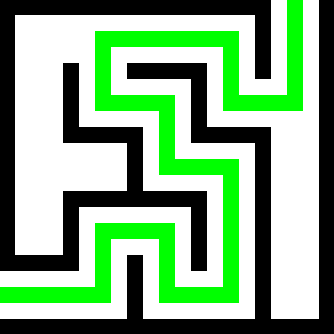I get that WhatsApp is not a platform to use if you care about your privacy, but WTF is “Delta Chat” and why would I switch to it rather than say Signal?
Onno (VK6FLAB)
Anything and everything Amateur Radio and beyond. Heavily into Open Source and SDR, working on a multi band monitor and transmitter.
#geek #nerd #hamradio VK6FLAB #podcaster #australia #ITProfessional #voiceover #opentowork
- 0 Posts
- 2 Comments
Joined 1 year ago
Cake day: March 4th, 2024
You are not logged in. If you use a Fediverse account that is able to follow users, you can follow this user.



Google Sheets will be a simple solution you can do for free.
The app “Track & Graph” is another.
I have been logging all my medical events using Tasker and a Google Calendar. Analysis is manual using graphviz.